Feeding a great player - having a specialized section in the game plan is nothing new; one thing I feel is important is that these methods should blend with the regular flow of the offense. In other words, re structuring an entire system just to feature a single player is not the most efficient way to teach for the program's sake. Obviously, if one were lucky enough to have a once-in-a-lifetime talent, one would want to take advantage of that. However, a player can be GREAT for your level without being an NFL prospect. Below, a simple variation to free up a great run after the catch RB is shown with a complete pattern that is a staple of the offense.
Formationing to create stress on the defense - this is potentially the least expensive way to maximize your offensive attack. Two things that need to be addressed are:
- The method for calling plays. If the method for play calling calls for players to know their place in the formation relative to the ball (ex. inside, middle, outside), and there is NOT a descriptive way to call them, this can create chaos. If the plan to take advantage of a great player is to move him around within the formation, the coach must consider the learning burden not only to the star player, but to the players that will be displaced as a result. The ability to move people within a given formation with minimal learning burden is yet another example of the benefits of our terminology structure.
- Creating new terminology to build new formations. I have always felt that streamlining the terms used can be of a great benefit. We have a terrific system of calling formations, that minimizes the memorization required at the same time. Keith Grabowsky has also shared some great ideas here. For now, here are the very simple alignment rules we use:
The use of TEMPO - much has been said on this topic, but I feel the need to clarify a few things. We're all aware of the flashy, video game number-producing, throw it all over the park offense that gets all the media attention. But the reality is that upper level college football is pretty much the only place where teams can play full throttle the entire game and NOT hurt the rest of the team. Either that, or a program like the one I see every Friday night (Allen High School has an enrollment of 6,000+). Even Chip Kelly adjusted last season as his numbers dictated that he do so. That being said, I think analysts often miss the purest advantages of being up tempo from a coach's perspective:
- Accelerated player development. Being "up tempo" means devoting a practice philosophy to it (or at least - it should). Working at a faster pace in practice means developing younger players at a faster pace, as backups would get as many repetitions as the starter. In a high school setting, the ability to give the backup QB as many reps as the starter will pay dividends in both the immediate and long term future.
- Allows for balance. Contrary to popular belief, I really am a proponent of balance. Even more important - I think an offense has to be able to dictate to the defense. The box count theory of running the ball is great, but the thing I have noticed is this: there is NO answer when you can run the ball right at a defense. The one problem with running it 30-40 times a game? It shortens the game too much, and can potentially let a team that is inferior STAY IN THE GAME. Being up tempo and wide open does not have to be synonymous with soft; below, we see that of the top 25 offenses in Division 1 last year, only 2 huddled on a regular basis. Furthermore, only 3 averaged less than 150 yards rushing per game. The ability to speed up and slow down the game help strike the critical balance between attacking mismatches and physically deconstructing a defense.
- Shifting and Motion. Having played in a college offense that shifted and moved on every snap, I saw very early on in my career the potential for stressing a defense. If there was ever an opportunity to take advantage of shifting and motioning, a no huddle offense that varied its pace could take advantage.
Being multiple, in addition to having the capacity to being up tempo, is invaluable in terms of creating stressors for the defense. In business terms, these methods can be thought of as the "delivery" side of the offense. Just as important is the production aspect -- the overall design.
Prioritizing your passing game - not only is this pass offense built on its "bedrock" concepts, but it is based on universal individual routes as well. By teaching the primary components of the passing game to all position groups, there is an enormous amount of flexibility. One such route is a DRAG, with the drill illustration below:
Taking this a step further, from a team perspective, it is imperative to commit to the development of players. Development involves strategic planning on all levels of program and player development. My last two posts, here and here, address these processes.
There is no doubt -- stability is the key to long term success; it is for this reason that a "system" needs to have all the answers, with as few "add-ons" as possible. The ability to adjust, while minimizing learning burden, can only be achieved with a methodical, well-planned apparatus for teaching.

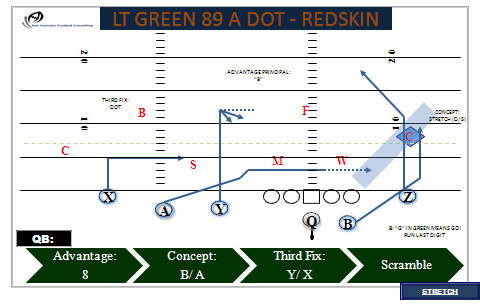
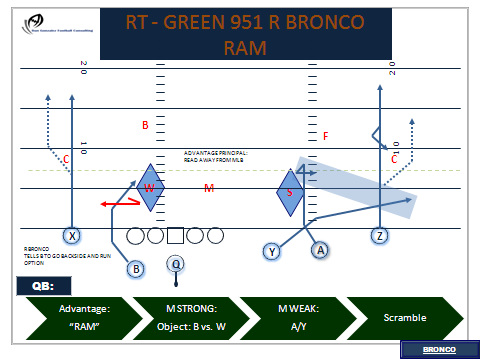
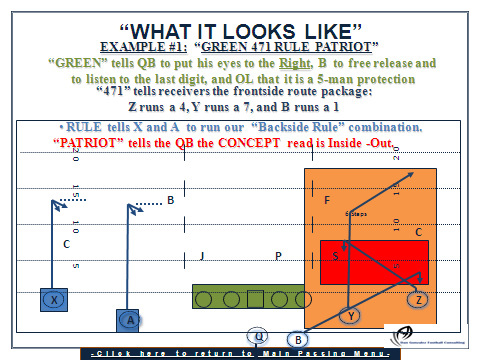
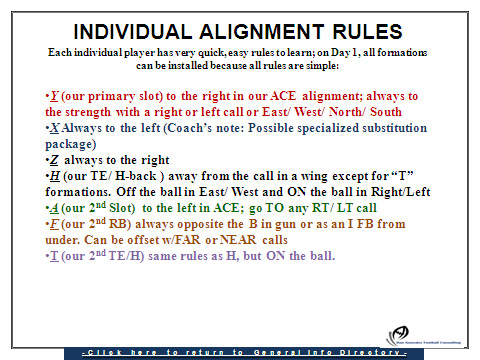
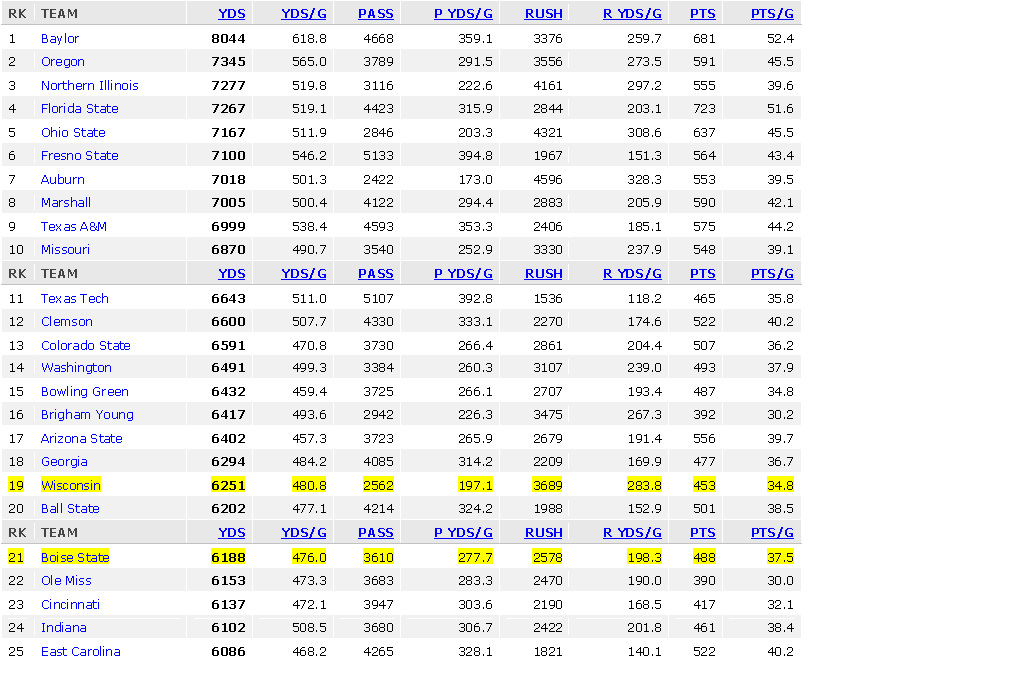
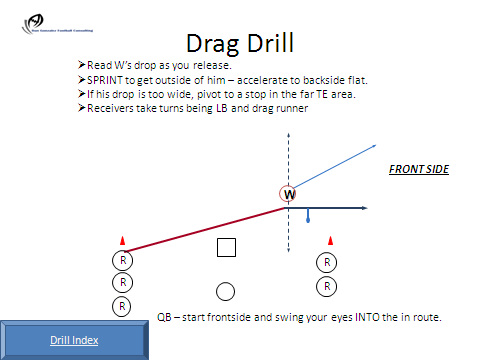
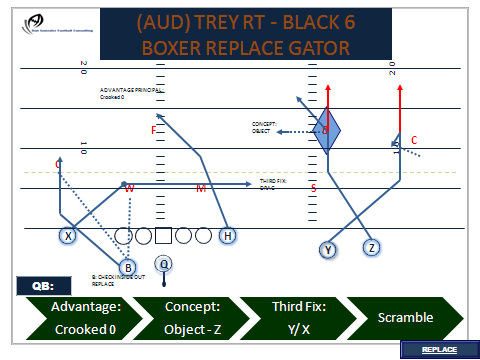
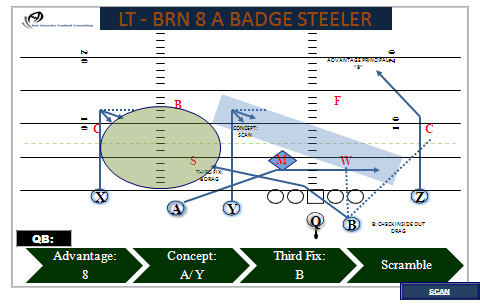
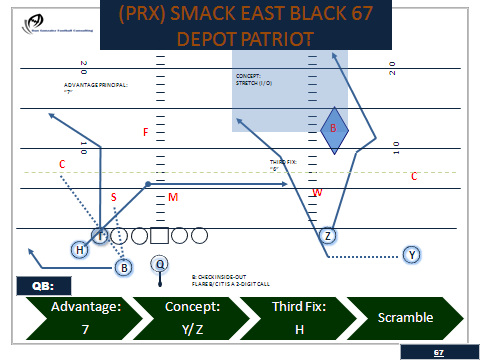

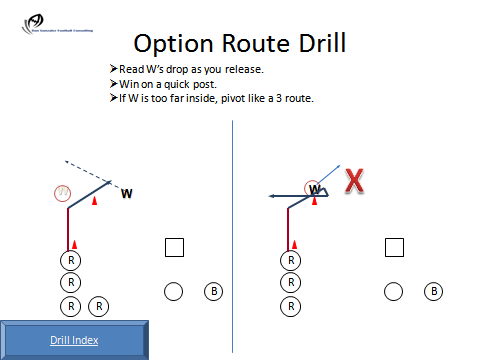
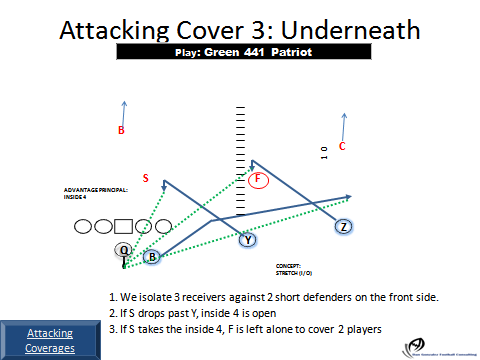
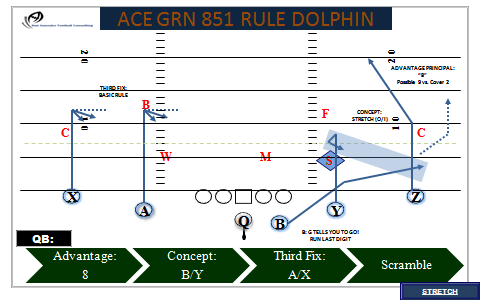
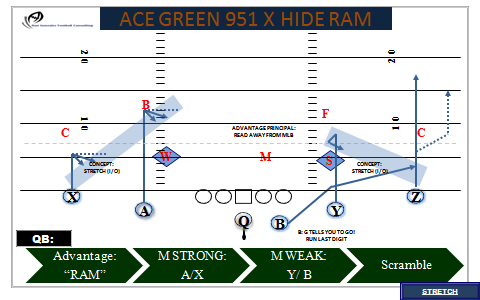
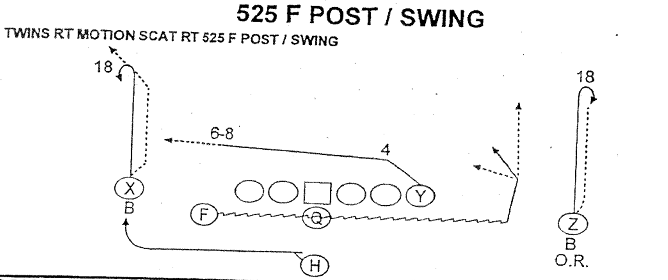
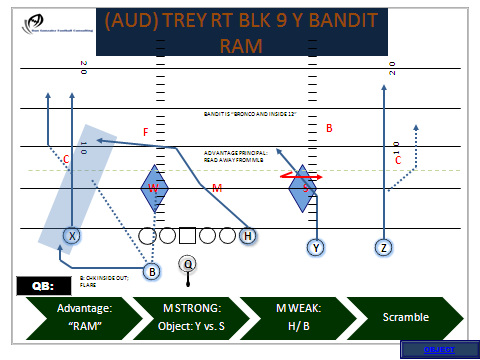
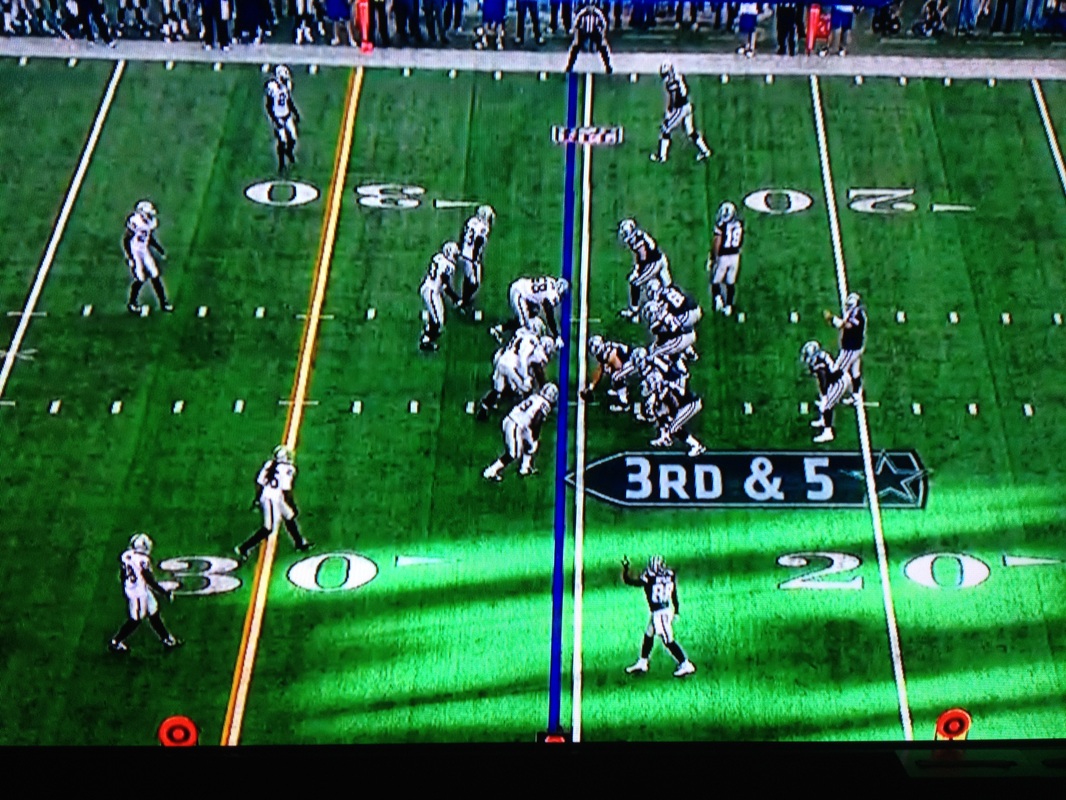
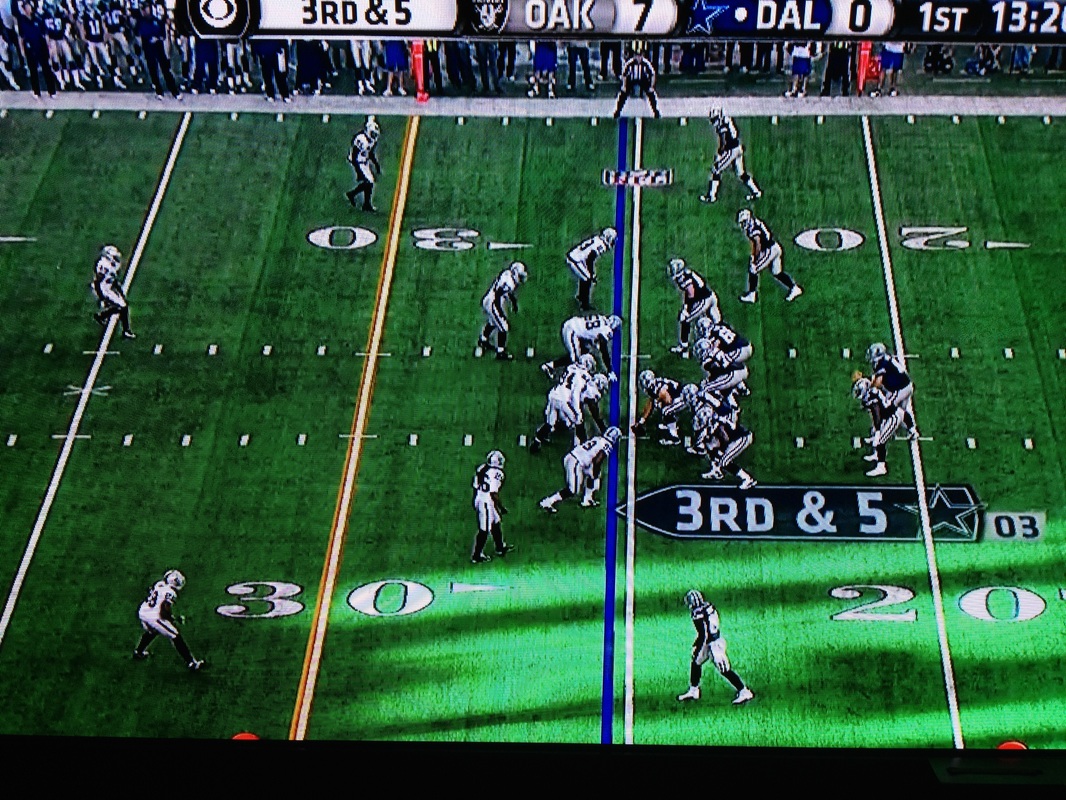
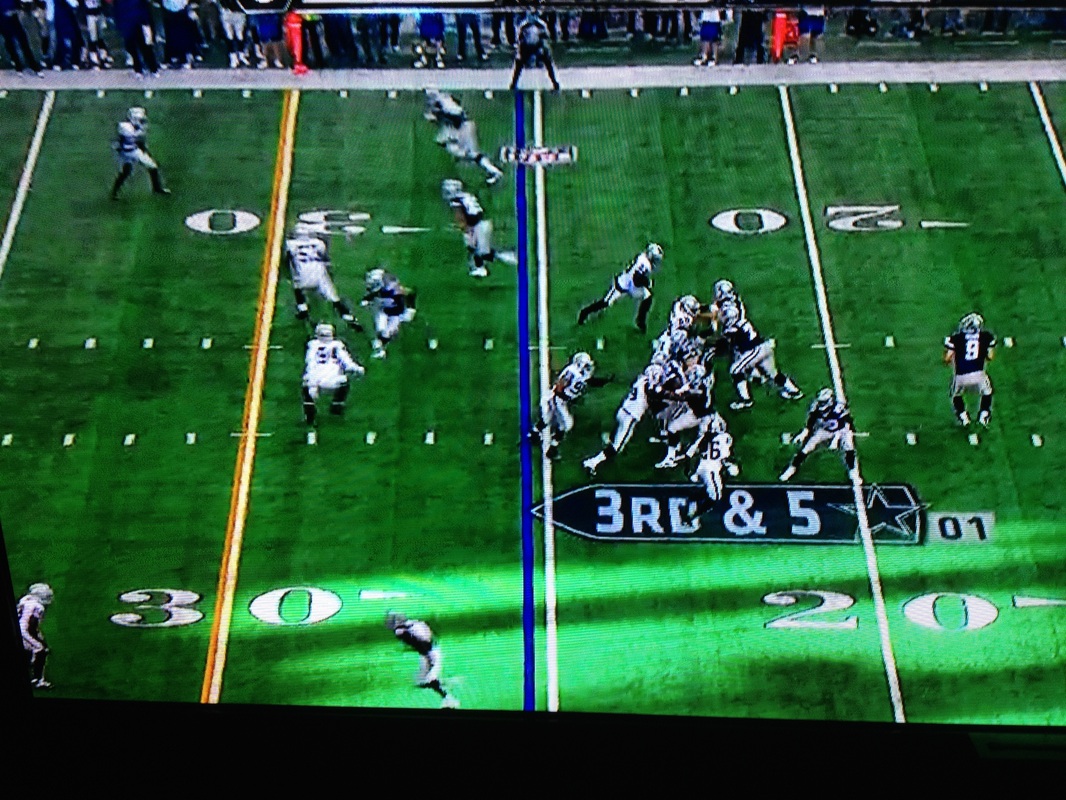
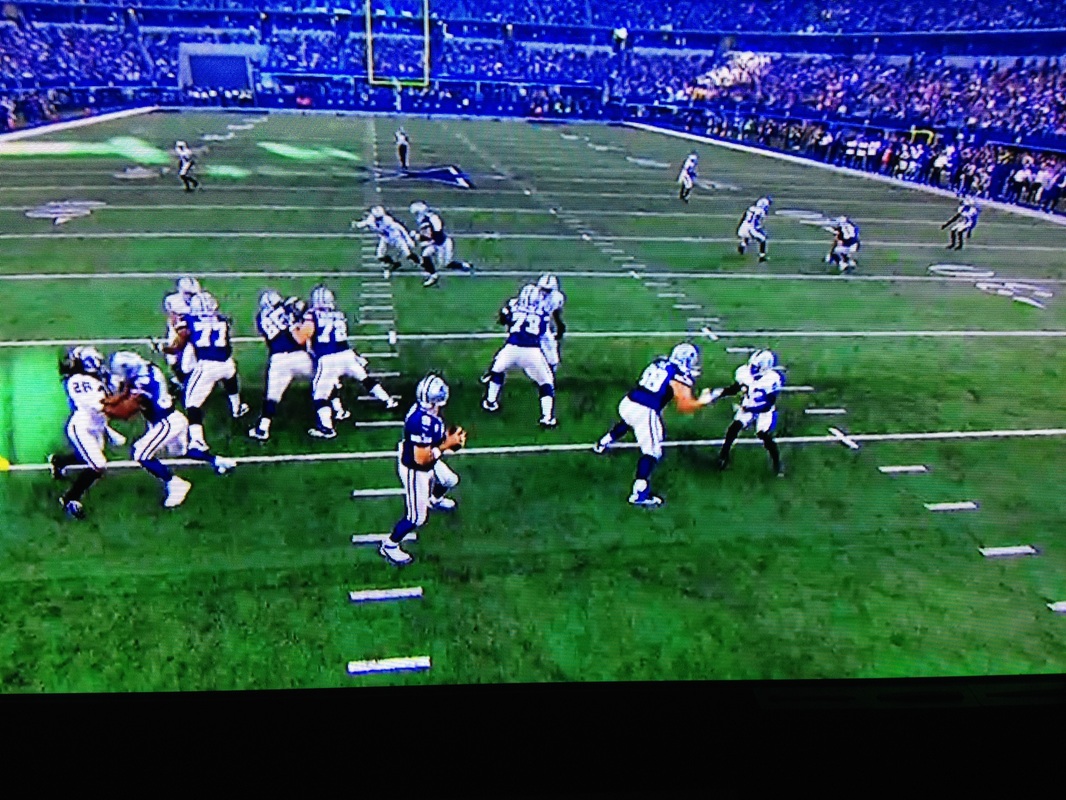
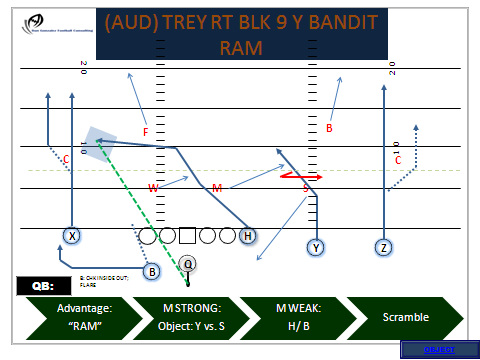

 RSS Feed
RSS Feed
